
12 Best Lunch Spots In Napa
Best Lunch In Napa – Our 12 Favorite Spots! Lunch is a must when you’re out wine tasting! Whether you’re in the mood for a
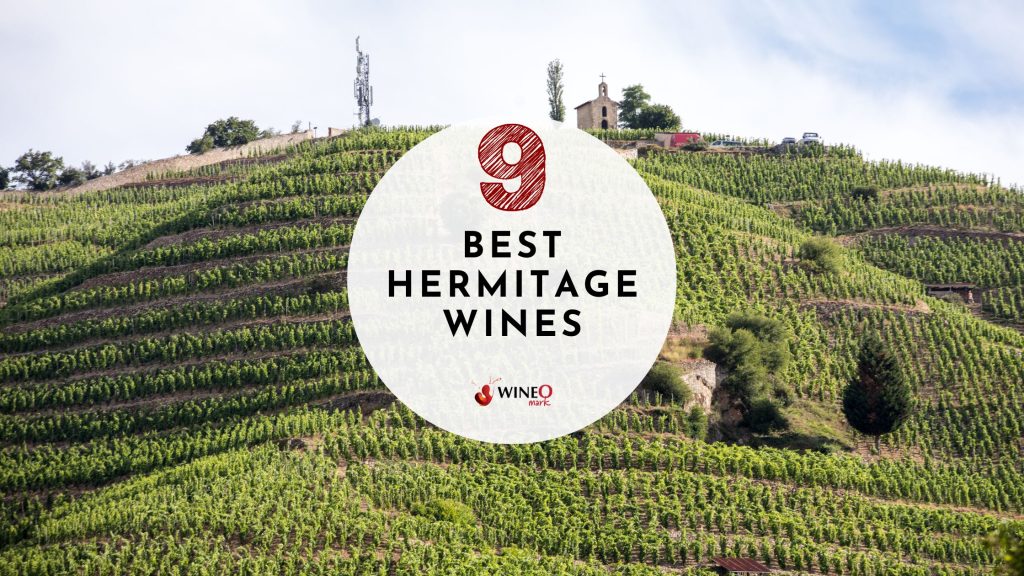
Hermitage is a renowned wine originating from the small region in the northern Rhône Valley of France.
As a historical site with a strong wine tradition dating back over two thousand years, Hermitage produces some of the most complex and long-lived wines in the world.
So let’s find out more about it!
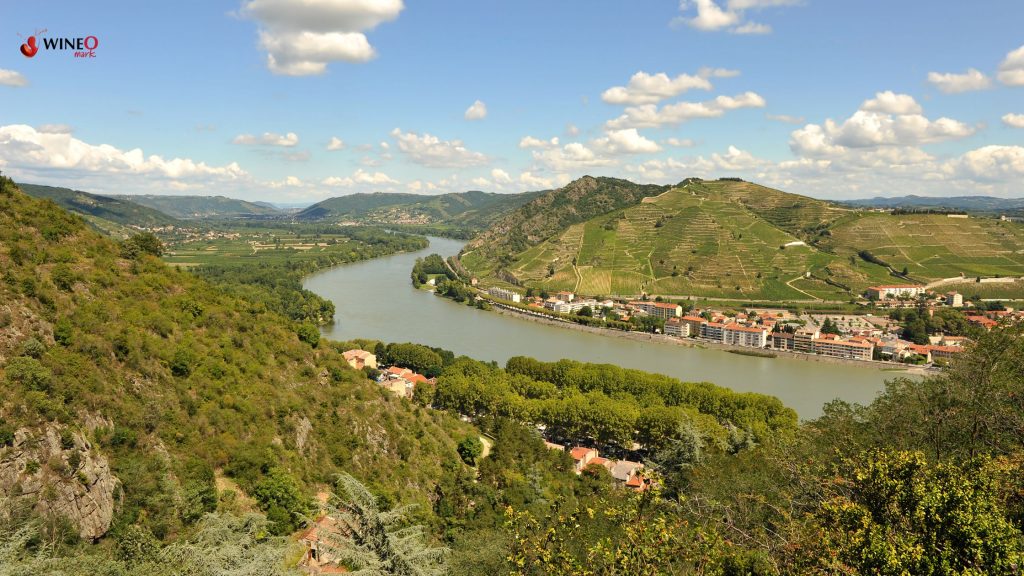
The Hermitage Hill is one of, if not the most famous hillside vineyard wine region in the world. Because its known as the birthplace or home of Syrah!
The wine region is quite small, spanning only about 140 hectares, which contributes to the exclusivity and rarity of the wines produced here. It’s situated in and around the town of Tain l’Hermitage. Additionally, the south-facing slope of the hill provides the ideal amount of sunlight for grape-growing, ensuring that the grapes are able to fully ripen and develop their unique flavors and aromas.
These wines from the Hill of Hermitage have power, depth, and ability to age for many years, even decades. They represent some of the highest expressions of the Syrah grape (for reds) and the Marsanne and Roussanne grapes (for whites).
Hermitage produces both red and white wines. The red wine is primarily made from Syrah grapes, and in some instances, it can be blended with up to 15% of white Marsanne or Roussanne grapes. While white wines from Hermitage are made from Marsanne and Roussanne grapes.
The hill’s unique terroir, with its diversity of soil types ranging from loess and clay to granite. Plus its south-facing slope provides ample sunlight and protection from the harsh northern winds.
For these reasons, the terroir significantly contributes to the wine’s distinctive characteristics.
The history of Hermitage is as fascinating as the wine itself. In the beginning, Romans were the first to cultivate vineyards in the Hermitage area.
However, the region’s name didn’t come into existence until much later, supposedly derived from the legend of the knight Gaspard de Stérimberg. After being wounded in the 13th-century Albigensian Crusade, Stérimberg retreated to this hill, where he became a hermit, hence the name ‘Hermitage’.
Also, the iconic chapel situated on top of the hill was built to pay homage to Saint Christopher and today is owned by Paul Jaboulet Âiné.
Viticulture in Hermitage has endured through the centuries, surviving the French Revolution, the devastation caused by the phylloxera pest in the late 19th century, and both World Wars. Today, it stands as a beacon of high-quality, traditional winemaking.

Jean-Louis Chave is one of the most respected names in the Rhône Valley and their Hermitage wines are considered benchmarks for the region. The Chave family has been making fine wine in Hermitage since the 15th century, making it one of the oldest family-run wineries in the world. And their reds and whites are both highly prized for their complexity and aging potential.

This winery’s Hermitage La Chapelle is one of the most iconic wines from the region. The 1961 vintage is considered one of the greatest wines ever made. Their white Hermitage, Le Chevalier de Sterimberg, is also highly regarded.

One of the most well-known wineries in the region. Their exquisite Rhône wines, E. Guigal’s red and white Hermitages are no exception. They’re well-structured, richly flavored, and have a great capacity for aging.

Michel Chapoutier is one of the most recognizable names in the Rhône Valley. And one of the first large, well known wineries to fully embrace biodynamic viticulture. His selection of single vineyard Hermitages, both red and white, are highly acclaimed for their purity of fruit and expression of terroir.

In 1993, the Champagne house Louis Roederer acquired Delas Frères. This winery’s Hermitage “Les Bessards” is made from Syrah grapes grown in the Bessards vineyard, known for its granitic soils. It is recognized for its depth, complexity, and aging potential.

Though lesser known than some of its counterparts, Domaine Marc Sorrel produces an excellent Hermitage wine, Le Gréal, which has earned a reputation for its elegance and longevity.
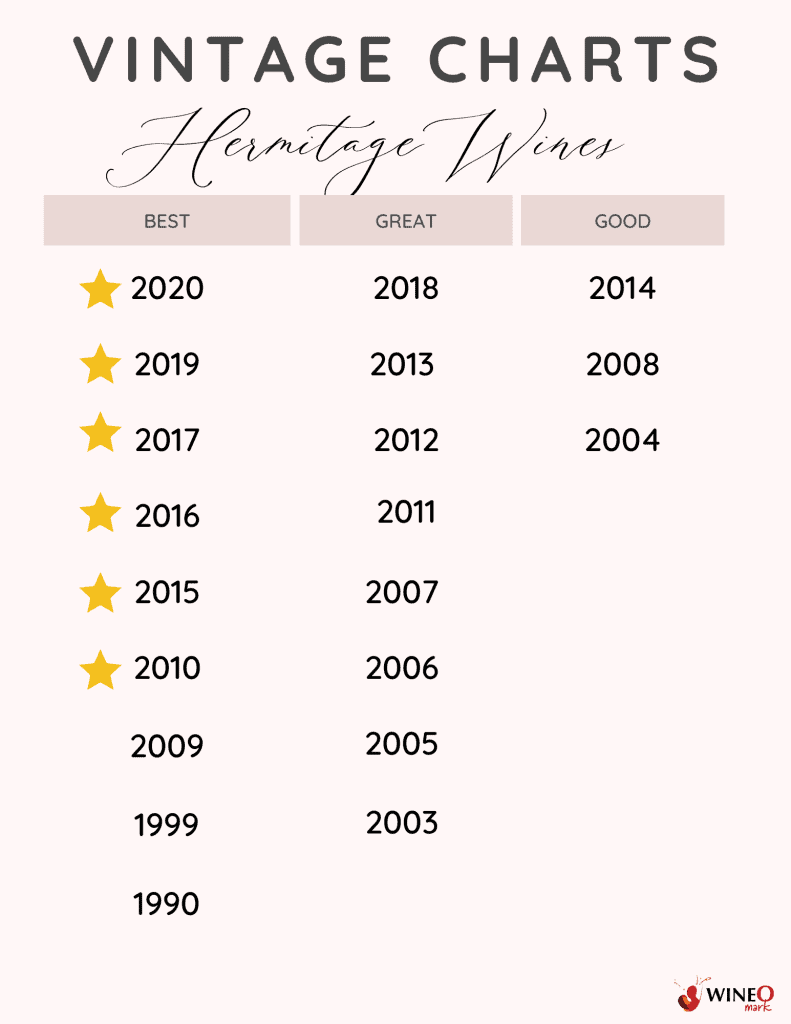
Red Hermitage Wines:
White Hermitage Wines:
The primary red grape used in the production of Hermitage wine is Syrah.
While Syrah is the dominant grape, up to 15% of white grapes, Marsanne and Roussanne, can be co-fermented in red Hermitage. Although this practice is less common today than it once was. But these white grapes can help to stabilize the color and soften the intense tannins of the Syrah.
The primary white grape varietals used in the production of Hermitage white wine are Marsanne and Roussanne.
A white Hermitage can be made from either 100% Marsanne or a blend of Marsanne and Roussanne.
The 1961 vintage of Hermitage La Chapelle is particularly famous and has fetched extraordinarily high prices. Due to its reputation as one of the greatest wines ever made. Currently you can find this bottle of wine being sold of for ~$45K.

Best Lunch In Napa – Our 12 Favorite Spots! Lunch is a must when you’re out wine tasting! Whether you’re in the mood for a
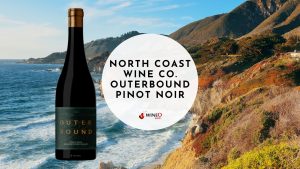
North Coast Wine Co. Outerbound Pinot Noir – WineO Mark Review Wine Stats Grape Variety: 100% Pinot Noir Vintage: 2019 ABV: 14% Wine Region: North Coast,
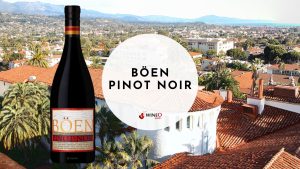
Böen Pinot Noir – WineO Mark Review Wine Stats Grape Variety: 100% Pinot Noir Vintage: 2021 ABV: 14.6% Wine Region: California Flavor Profile: Cherry, raspberry, blackberry,
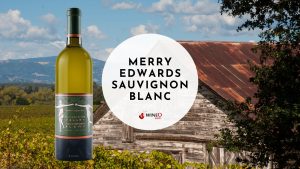
Merry Edwards Sauvignon Blanc – WineO Mark Review Wine Stats Grape Variety: 100% Sauvignon Blanc Vintage: 2022 ABV: 14% Wine Region: Russian River Valley, California
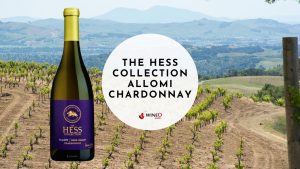
The Hess Collection Allomi Chardonnay – WineO Mark Review Wine Stats Grape Variety: 100% Chardonnay Vintage: 2019 ABV: 14.3% Wine Region: Napa Valley, California Flavor Profile:

Stags’ Leap Chardonnay – WineO Mark Review Wine Stats Grape Variety: 100% Chardonnay Vintage: 2022 ABV: 14.1% Wine Region: Napa Valley, California Flavor Profile: Oak, vanilla,

Godeval Cepas Vellas Godello – WineO Mark Review Wine Stats Grape Variety: 100% Godello Vintage: 2021 ABV: 13% Wine Region: Valdeorras, Spain Flavor Profile: Peach,

Félix Solís Mucho Más Tinto N.V. – WineO Mark Review Wine Stats Grape Variety: Tempranillo, Syrah Vintage: Non-Vintage ABV: 14% Wine Region: Spain Flavor Profile: Vanilla,
